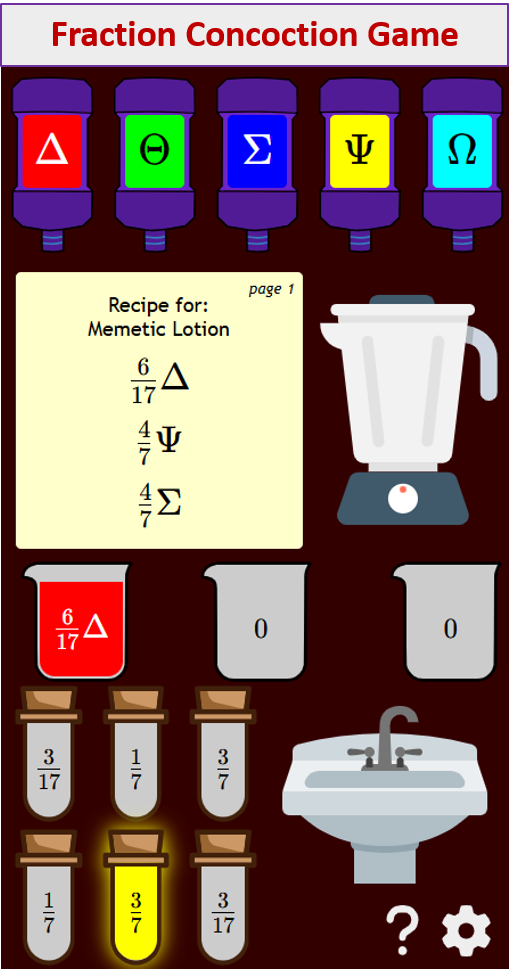English Pronouns
Related Topics:
More Lessons for Grade 3
Math Worksheets
Examples, videos, stories, and songs to help Grade 3 students learn about pronouns.
Pronouns are words that replace nouns in a sentence. They help to avoid repetition and make sentences flow more smoothly.
Here is some of the common types of pronouns in English:
The following diagram shows some examples of pronouns. Scroll down the page for more examples.

-
Personal Pronouns:
These pronouns stand in for people or things.
a) Subject Pronouns (Who or What is doing the action?)
I, you, he, she, it, we, they
b) Object Pronouns (Who or What is receiving the action?)
Me, you, him, her, it, us, them -
Possessive Pronouns:
These pronouns replace the noun that shows possession.
Mine, your, his, hers, ours, theirs -
Reflexive Pronouns:
These pronouns are used when the subject of the sentence is also the object of the action. The person is doing something to themselves.
Myself, yourself, himself, herself, itself, ourselves, themselves
Pronoun Song
Personal pronouns take the place of nouns.
Singular personal pronouns: I, you, he, she, it, my, mine, your, his, hers, its, me, her, him.
Plural personal pronouns: we, you, they, yours, ours, theirs, us, them.
Possessive pronouns show belonging.
Possessive pronouns: my, his, her, our, their, your, whose, its.
An indefinite pronoun tells you something that is not definite or exact.
Indefinite pronouns: anyone, everything, no one, everybody
Pronoun Rock
Pronoun takes the place of a noun.
Try out our new and fun Fraction Concoction Game.
Add and subtract fractions to make exciting fraction concoctions following a recipe. There are four levels of difficulty: Easy, medium, hard and insane. Practice the basics of fraction addition and subtraction or challenge yourself with the insane level.

We welcome your feedback, comments and questions about this site or page. Please submit your feedback or enquiries via our Feedback page.